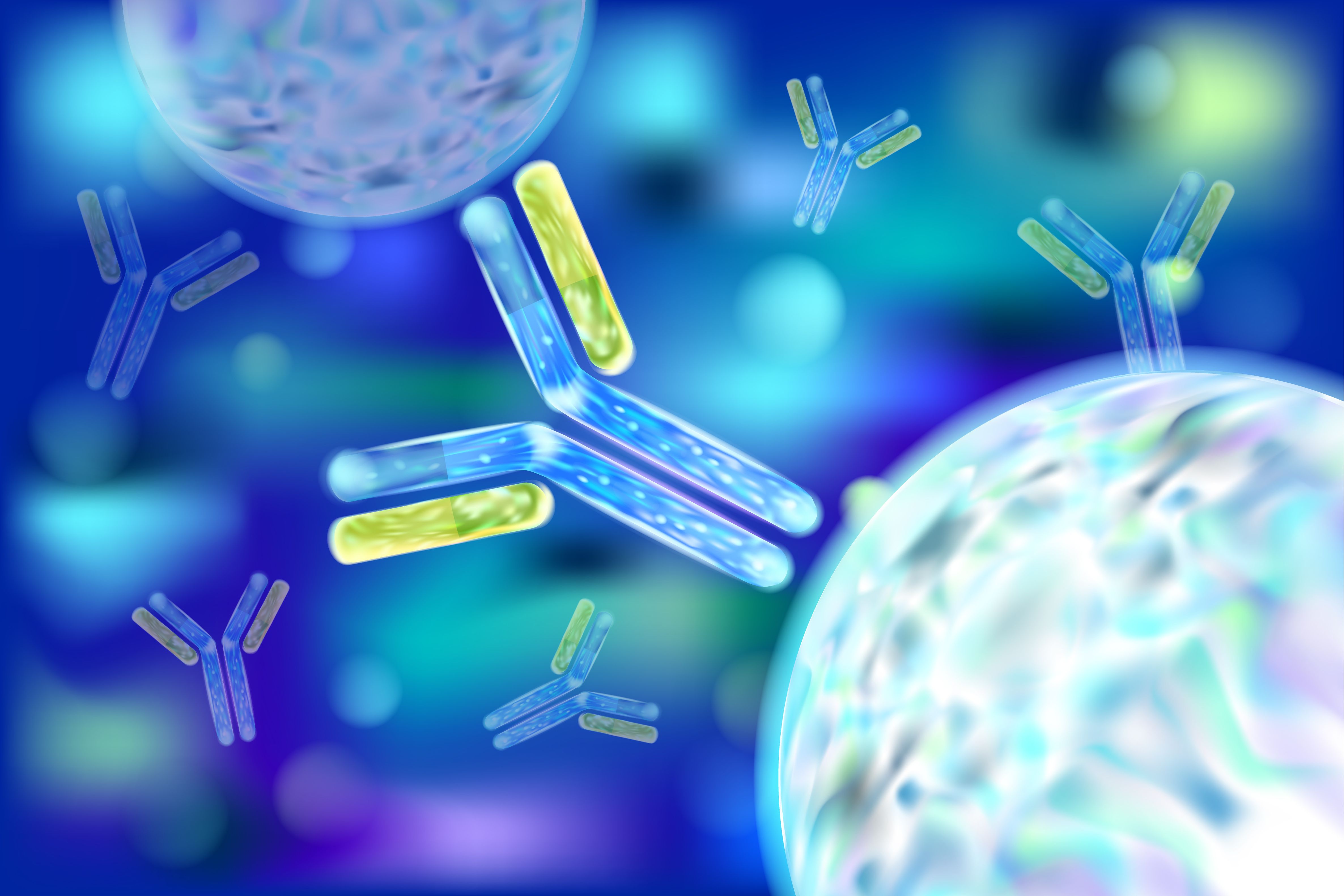Article
Taking the Next Steps to an HIV Cure
Author(s):
Researchers explore harnessing power of immune system to kill HIV.
Over the past 5 years UNC researchers have explored in depth the mechanisms behind viral latency in HIV. In a recent study published in Science, investigators discussed the challenges they still face in finding an HIV cure, in order to take the next steps in their research.
The National Institutes of Health-funded Collaboratory of AIDS Researchers for Eradication (CARE) are seeking to implement and validate their new strategy of “kick and kill” in the body, while boosting the immune system to recognize and attack the virus.
“We have learned a lot, and made advances, and we hope that we now have the tools to begin to chip away at the persistent virus that remains in patients, and requires them to maintain lifelong antiviral drug therapy,” said David Margolis, MD, principal investigator of CARE.
Thus far, 4 clinical studies conducted by researchers have shown that histone deacetylase (HDAC) inhibitors are the most effective type of latency reversing agent (LRA) for inducing cell-associated HIV-1 RNA. Furthermore, researchers have studied cells from HIV patients to find that serial dosing of LRAs is needed in order to reverse latency.
During their new journey, researchers hope to answer questions on whether LRAs promote the expression of viral protein on the surface of infected cells, and if pairing LRAs with immune interventions could lead to the clearance of viral latency.






